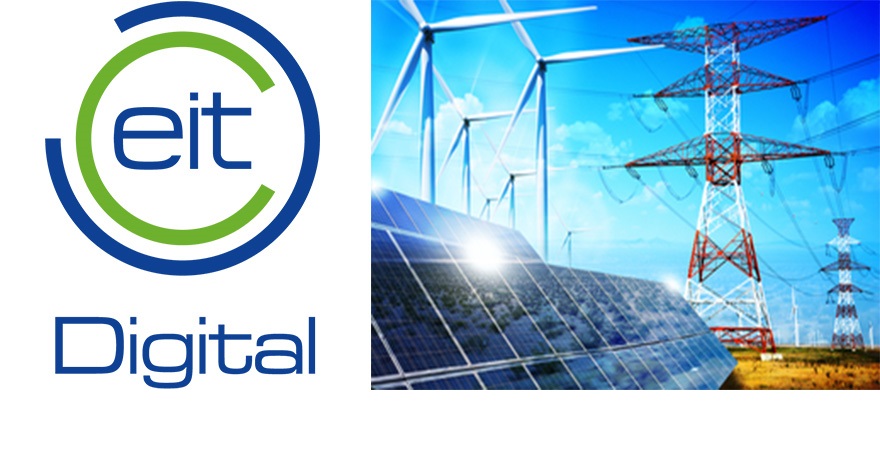New EIT Digital Activity set to provide businesses with more flexible, cheaper energy management

Automatically shift flexible loads to keep energy consumption and prices at reasonable levels.
This is the key benefit that Smart De-Centralized Self-Optimization on a Chip (SDSO), a new Innovation Activity launched by EIT Digital as part of the Digital Industry Action Line, is set to provide.
The initiative is targeting an issue faced by all industrial facilities that deal with significant energy costs: how to cope with the unpredictable energy peaks and troughs created by variations in productions levels? This is usually done by signing expensive energy contracts or using redundant and costly off-grid generators.
But what if, instead of using centralised smart-controllers and heavy communication infrastructures, it would be possible to fine-tune energy consumption simply by equipping individual loads with a small, low cost, embedded controller?
Individual machines or field devices could then be fine-tuned to perform their operation to optimise energy costs: single loads, for instance, could be turned on when the energy is cheap and turned off when the energy tariff becomes expensive.
Each device would optimize it’s own individual performance, but at the factory level, the "swarm intelligence" of many devices together would ensure that energy consumption does not exceed a certain level, minimizing peaks and troughs.
That would provide a scalable, low cost, decentralised solution to the problem, and that’s what exactly the team behind this EIT Digital activity, led by DFKI and TUB, and including Easy Smart Grid, Cefriel and Engineering as partners, is working on. The impact of the technology is expected to be particularly significant in manufacturing in general and in highly demand-driven industries, like car manufacturing, in particular.
Outside the manufacturing industry, devices that react (thanks to smart algorithms that control the off-the-shelf embedded hardware) to "price signals" derived from the frequency variations of the AC net, will allow to create "virtual storage" to better integrate renewable energy sources in the energy grid, with a positive effect on the environment and on the achievement of sustainable development goals.
Another fascinating scenario is the application of this technology to off-grid energy microgrids, like those found in some buildings, large ships, islands and refugee camps, making microgrids more stable and the energy management of these sites much more effective.
A working version of the SDSO solution, ready for certification and small scale production, will be available by the end of 2017.
EIT Digital seeks to generate significant innovations from top European research. As such, investments focus on a limited number of innovation areas known as Innovation Action Lines, that have been selected with respect to their European relevance and leadership potential. Each Innovation Action Line comprises a portfolio of activities including:
open innovation activities carried out by EIT Digital Partners and fast-growing technology startups that are ready to scale commercially.
EIT Digital's Innovation Activities deliver new products or services, create startups and spinoffs to commercialise outputs from projects and encourage the transfer of technologies for market entry.
Catch up with the latest news from the EIT Community in the Newsroom.
Subscribe to the EIT Newsletter to get the best of the EIT Community's news in your inbox once each month.


 Share this page
Share this page


